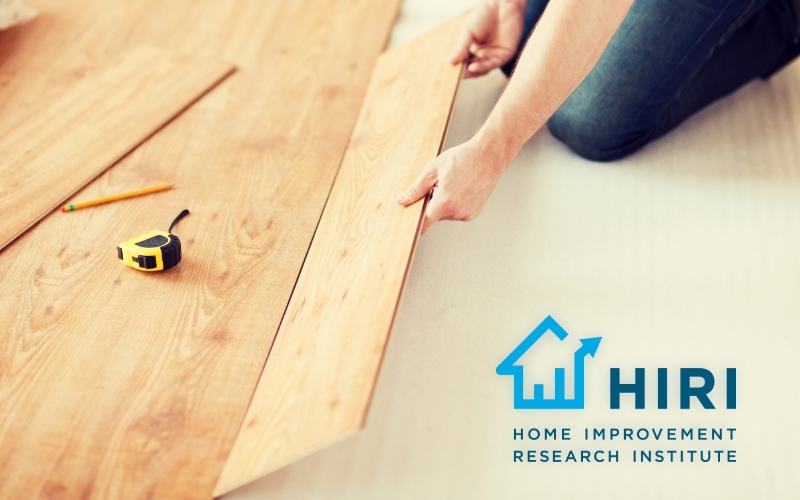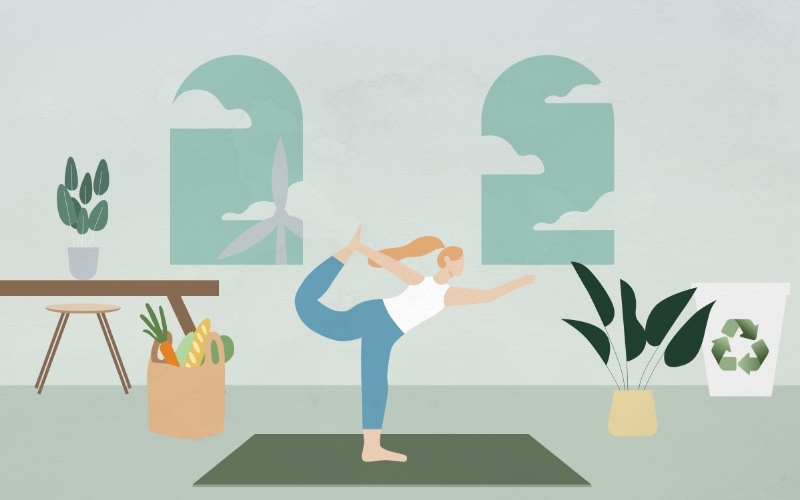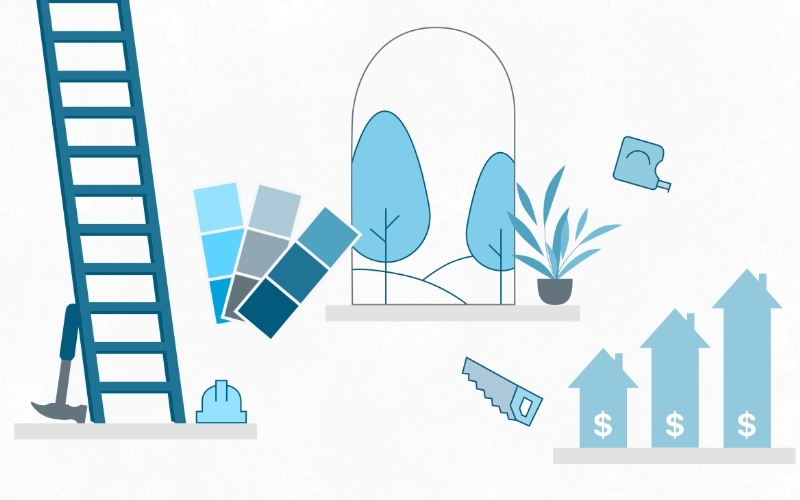Social Media
Media Strategy
Marketing Automation

Believe it: We’re approaching the two-year anniversary of the COVID-19 pandemic declaration. And, somewhere along the way, the constant unpredictability of the pandemic has actually become … predictable. People have been adapting to the new normal for some time now, and many pandemic-driven mindset shifts and behavioral changes are likely here to stay.
In particular, four current themes will continue to play a major role in the home and building category — throughout 2022 and, in some cases, well into the future.
1. The booming housing market will fuel home renovation activity.
Can you remember a time when the market was this red-hot? Well, it’s not just your imagination. What began as a pandemic-fueled demand for housing transformed into a 15-year high for home sales in 2021. Now, experts predict that sales will remain elevated, despite a record-low home supply in the United States (the market is short by several million homes).
What becomes of low supply and high demand?
That’s right: Home prices will continue to soar through the roof in 2022, pricing many young and first-time buyers out of the market. However, these pressures will continue to generate a high demand for home improvement products and services, as those who are priced out of buying another home settle for enhancing the residence they already have. Meanwhile, those lucky enough to snag a house on the open market will bolster the renovation boom as they rush to make it their own.
2. Sustained supply chain disruptions will stretch businesses.
If you work in the home and building category (or in virtually any industry) — or if you’ve shopped for groceries this year — you’ve felt the effects of supply chain shortages. Constraints are not only contributing to sustained high home prices, they are causing delays to home improvement projects and leaving distribution centers empty-handed.
Unfortunately, anything as vastly complex as the global supply chain isn’t going to resolve itself quickly. In 2022, expect the continuation of the kind of whack-a-mole supply problems that plagued 2021, including delays and wide swings in pricing.
Systems, when disrupted, are slow to adapt — that’s the bad news. The good news is that people are remarkably adaptive, and home improvement types even more so. Builders, suppliers, contractors and manufacturers are adept at problem-solving (e.g., coming up with creative solutions to sourcing or manufacturing, or innovating alternative materials). There’s nothing wrong with hoping for the best, but in the meantime, planning for the inevitable will usher success in the current reality.


